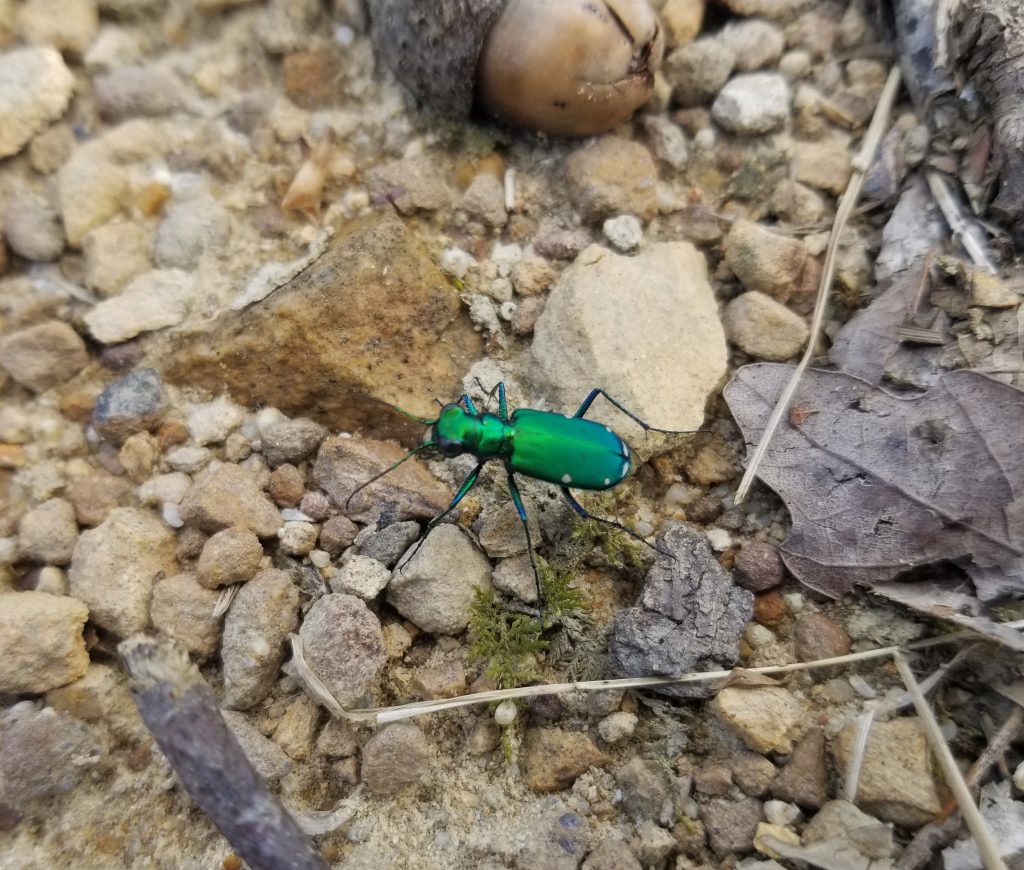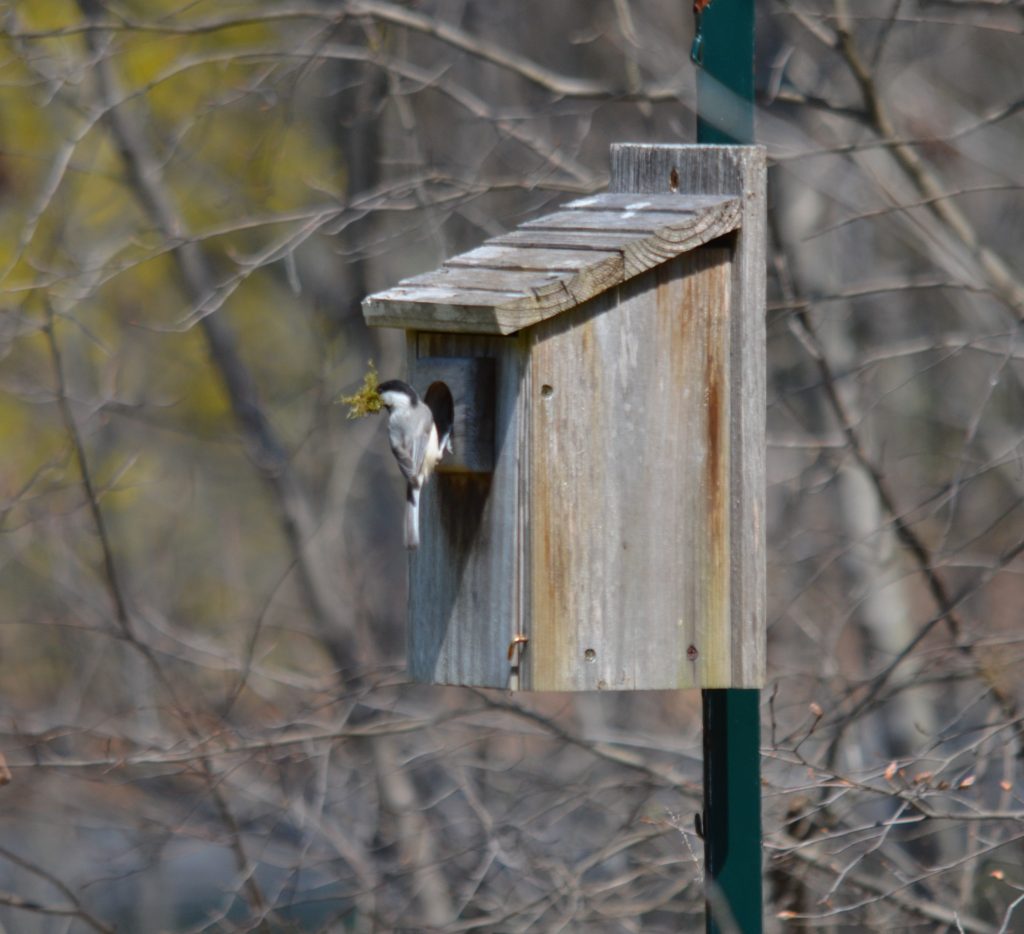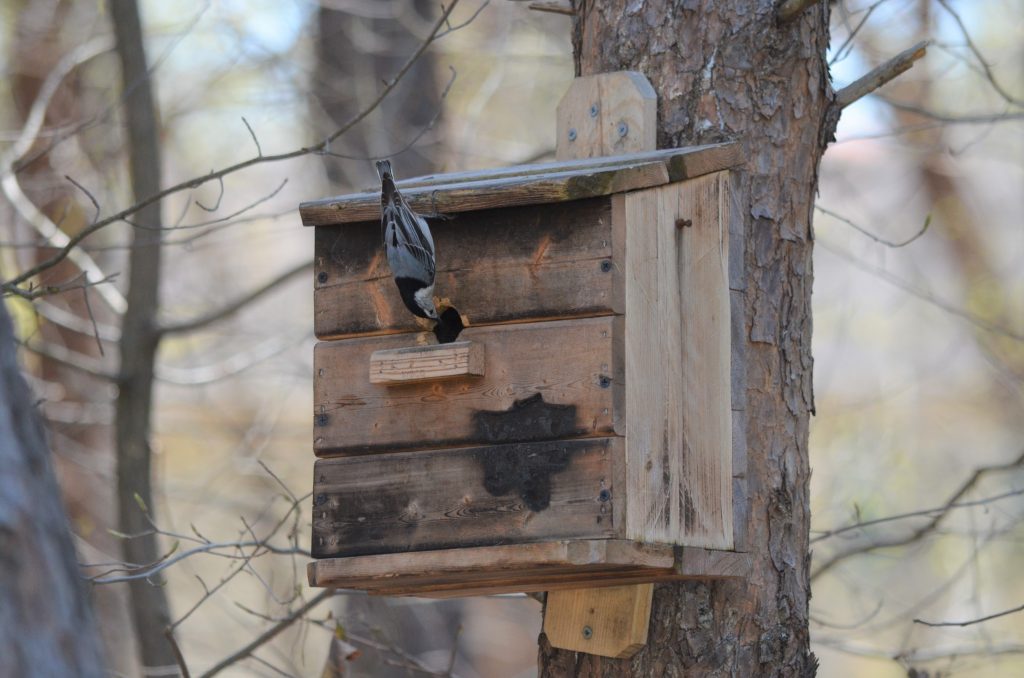Henry Van Dyke once said, “The first day of spring is one thing, and the first spring day is another. The difference between them is sometimes as great as a month.” In many parts of this country, that’s a very accurate statement. The vernal (spring) equinox – which marks the beginning of astronomical spring in the Northern Hemisphere – took place on Saturday, March 20, at 5:37 a.m. EDT. From Fairbanks, Alaska, where it was 15º F degrees and light snow fell, to Phoenix, Arizona, where it was sunny and 86º F. Here where we live in the Shenandoah Valley of Virginia, it was overcast and 55º F on March 20, 2021, just about on average for this location, at that time of the year. In nature, the signs of spring can come quickly, or show themselves very slowly!


There are several factors that prompt nature into shifting from the cold, snowy days of winter, to the warmer, greener conditions of spring. Temperature certainly has a lot to do with it, but the increasing amount of daylight is an important part of it as well-which makes sense, since the days stay lighter longer, there’s more hours of sunlight to warm the earth. When I talk to my family and friends in different parts of the country, part of my conversation usually includes a question or two about their weather, and what’s happening in nature around them. Usually the dialogue ends with the old statement, “Well, you’re ___ weeks ahead of me” when it comes to seeing/hearing signs of spring!

One of the most noticeable changes come from plants-flowers start appearing from beneath the soil and flowering shrubs and trees start blooming in a variety of landscapes. Trees and shrubs such as Eastern Redbud, Dogwood, Serviceberry, Forsythia and many of our common fruit trees, become very obvious as we get out and about and see more. And, much to the annoyance of many homeowners in search of that perfectly manicured lawn, who doesn’t notice the bright yellow heads of our “favorite” yard flower, the Dandelion, popping up through a carpet of green grass.
As many people know, one of my favorite signs of spring are the birds. Many of our resident, summer birds begin appearing, as well as loads of other migrants that are passing through to points further north. At the same time, the bird species we’ve enjoyed seeing all winter start to disappear from our feeders and backyards.




Warm days and spring blooms also mark the emergence of insects, such as bees, and butterflies in search of early nectar sources, dragonflies seeking out mosquitos, and many ground beetles scurrying about.



An enjoyable harbinger of spring in our backyard is the emergence of our resident amphibians. It starts with the annual Spotted Salamander migration to our small, artificial ponds to breed and lay eggs, followed closely by the quacking calls of Wood Frogs (and more egg laying) and then the high pitch “peeps” of Spring Peepers. Throw in a few Upland Chorus Frogs, the long trills of American Toads and the banjo-like calls of the Green Frogs, and we’re offered an awesome spring ensemble that echoes through the night!



Depending on the natural environment around you, many of these seasonal changes may happen all at the same time! I think we take for granted all these incredible seasonal wonders that show themselves each spring, as nature is reborn, and begins preparing for another year of amazing, and important, growth! As Rachel Carson wrote in one of the best (and most important) books I’ve ever read, Silent Spring (Houghton Mifflin, 1962), “Those who contemplate the beauty of the earth find reserves of strength that will endure as long as life lasts. There is something infinitely healing in the repeated refrains of nature — the assurance that dawn comes after night, and spring after winter.” Enjoy, and Get Out & About this spring!



